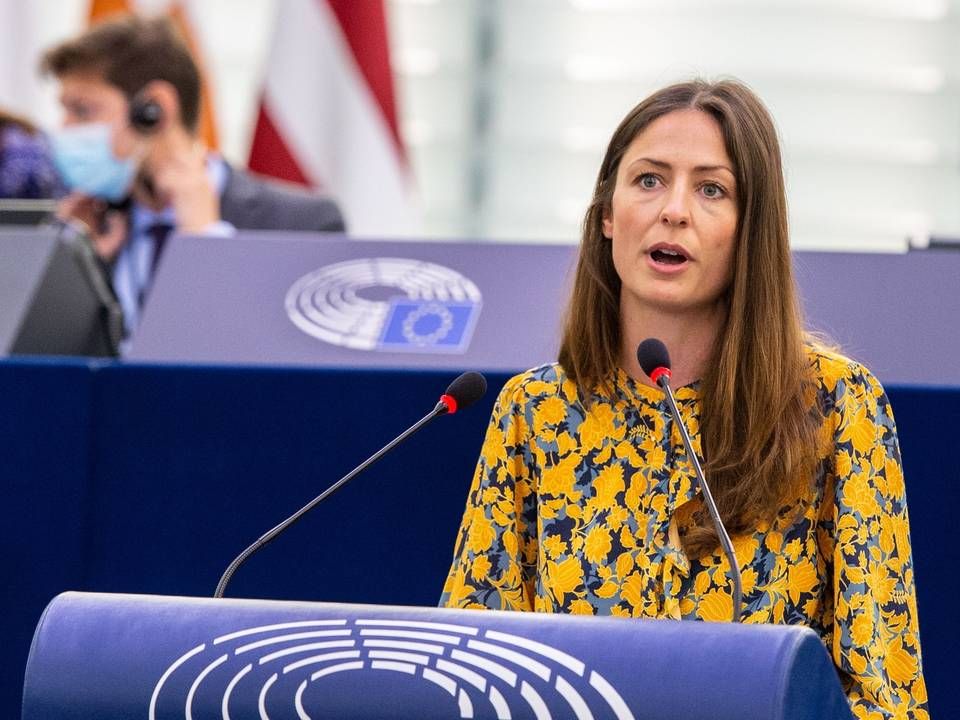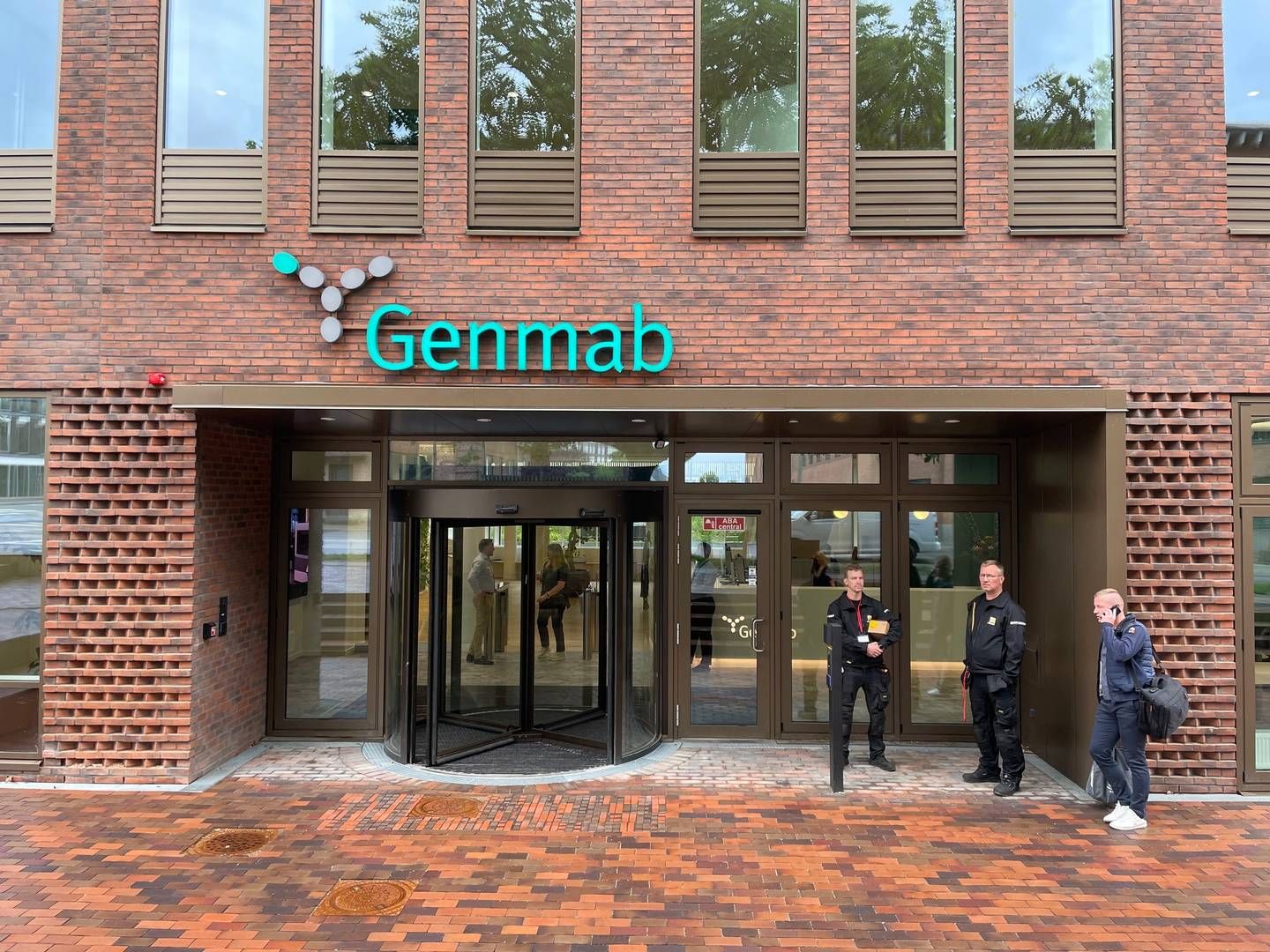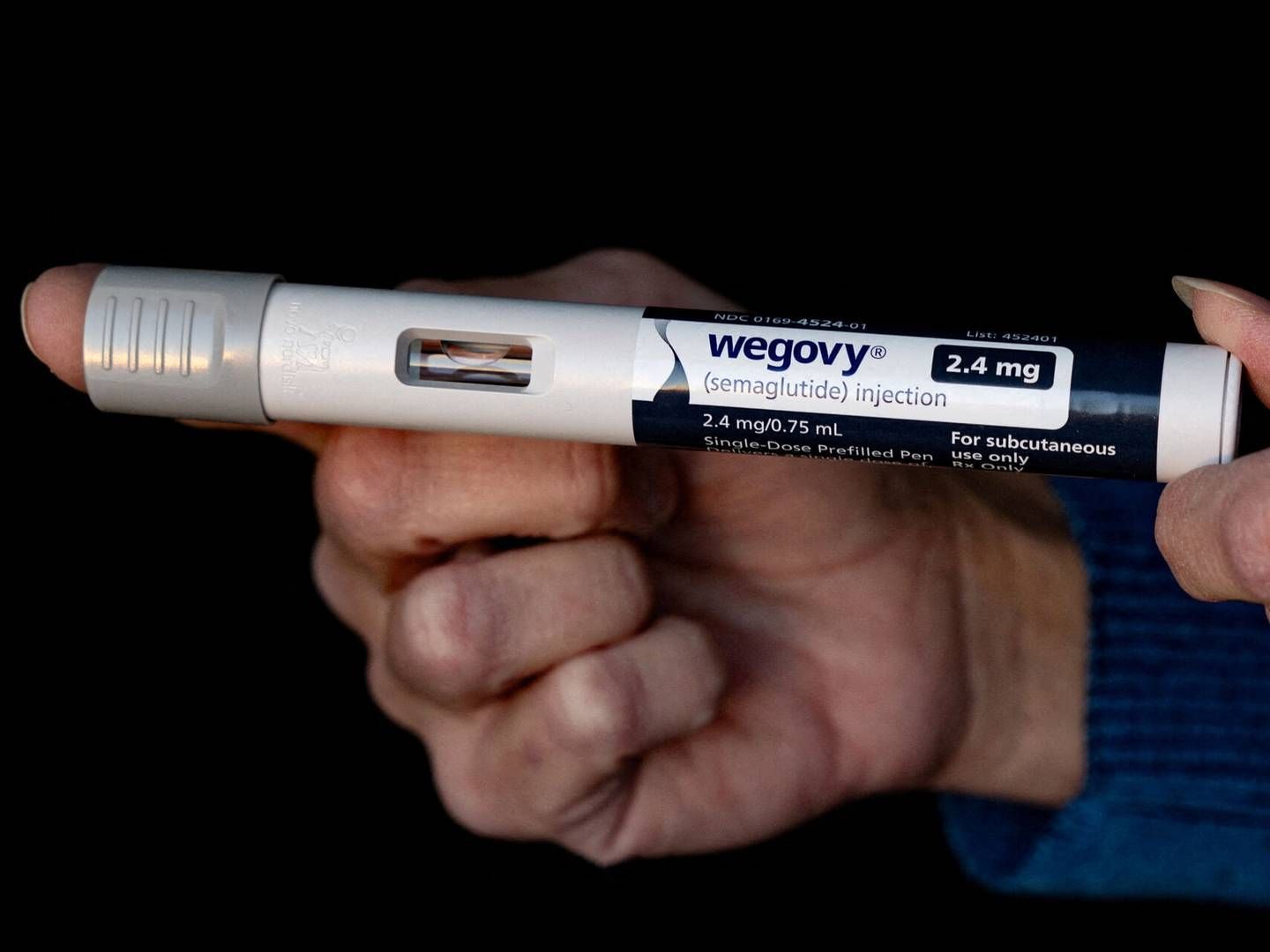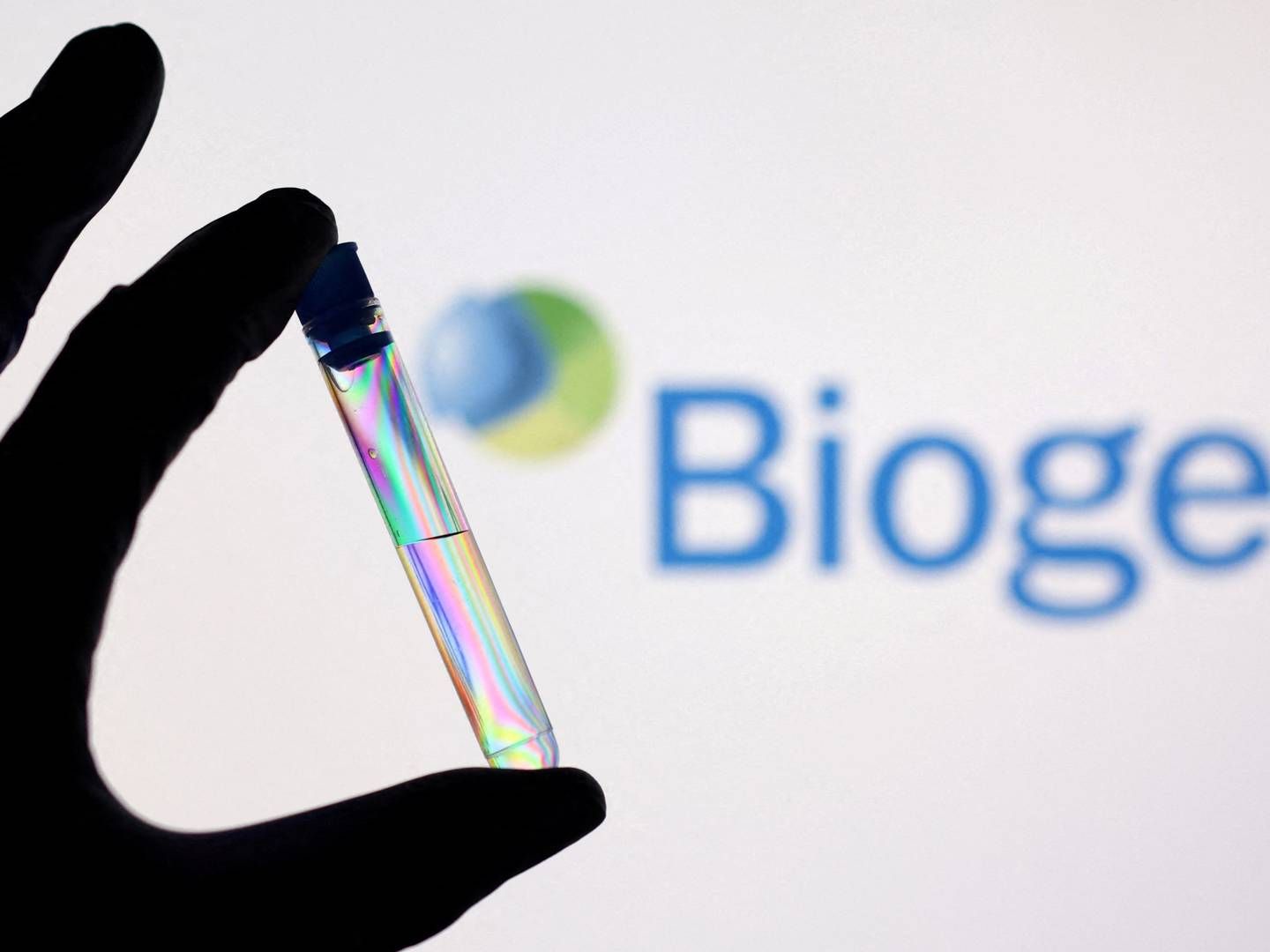Column: The EU pharma strategy must become more ambitious

The EU Parliament is now done debating a proposal for the new EU pharma strategy, which the Commission has brought forth, and thus, the course has been set for the upcoming regulatory framework for the pharmaceutical industry.
Its main aim is that the European life science industry become a global beacon for research and innovation, in addition to securing effective medicines of a high quality at affordable prices to the citizens of the EU. Growth and welfare must go hand in hand.
Naturally, it is positive that the Commission is seeking to strengthen the European life science industry. Particularly now, as competition from the US and Asia, particularly China, is getting fiercer. Here in the EU, the life science industry is offered beneficial opportunities for research and development, attractive investment conditions and a quick access to the market. Combined with the population’s increasing demand for healthcare services, this fosters the right conditions for a dynamic life science environment.
But if the European life science industry is to become this global beacon, we must raise the ambition for the EU’s pharma strategy. It must become more visionary, and it should enhance in three areas in particular.
Firstly, the strategy ought to ensure the favorable framework for research and development throughout the value chain. Concretely, by strengthening a seamless collaboration about the fundamental research between universities and the life science industry, by protecting and increasing intellectual property and patent rights, and by creating favorable conditions for investments into research and development. Finally, by ensuring that Europe become the leader within clinical research.
The framework conditions for research and development are already under a significant pressure in Europe today. While the number of clinical trials is growing steadily by 7.5 percent annually in East Asia, the opposite is true for Europe. Here, clinical trials are decreasing by 1.3 percent annually.
Next, the strategy must pave the way for new innovative drugs to reach the market faster, benefitting patients. Today, a new drug is typically launched on the European market one or two years after it has reached the US market. One of the reasons for this is that it takes the EMA longer to evaluate and approve of a drug. Negotiations about price reductions and discounts can likewise delay market access.
Meanwhile, access to the market it a significant competition parameter for the life science industry. If Europe is to become even more attractive for this industry, the pharma strategy should thus ensure a faster and more flexible approval process of novel drugs.
Finally, the strategy should make sure that a similar infrastructure for anonymized and encrypted healthcare data is provided across European countries. Therefore, an option to make aggregated analyses based on this data must be created fast, securely and fully respecting the individual citizen’s rights to privacy and to their data.
Data will be the backbone of the healthcare systems of tomorrow. This will be true in the clinic, when diagnoses are made and the right treatment is picked, and in the research and development of new, innovative drugs.
It is very positive that the Danish government recently expressed its intent to bring the European Health Data Space (EHDS) to Denmark to its independent advisory forum, The Danish Business Regulation Forum.
Denmark already has a well-built and effective infrastructure for the collection and exchange of health data and electronic patient records and has the Danish National Genome Center. We also have a solid understanding of how to handle anonymized and aggregated patient data in a secure and responsible manner.
With this knowledge, we have the right conditions to lead, setting the course for the safe use of health data in Europe. In this way, we can contribute to the European life science industry and become a global beacon.
European pharma strategy report approved with huge majority
Related articles
European pharma strategy report approved with huge majority
For subscribers

























